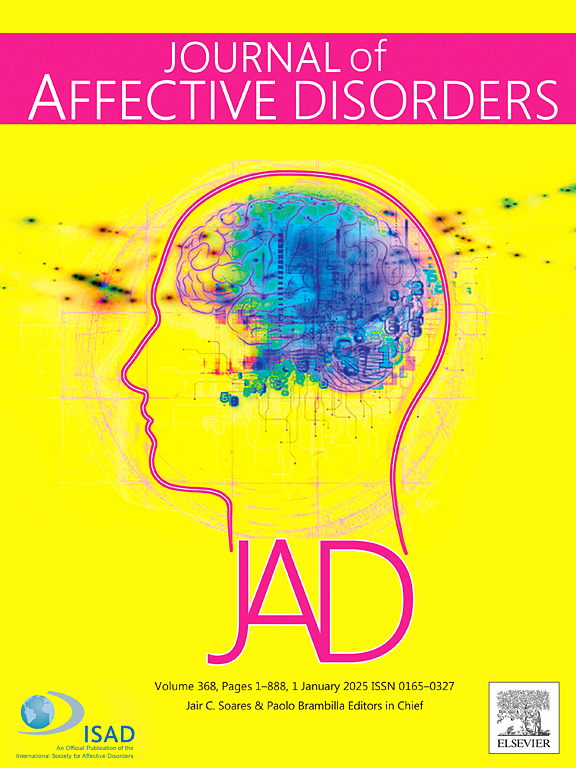Trauma and anxiety interactions relate to reward processing in adolescents
IF 4.9
2区 医学
Q1 CLINICAL NEUROLOGY
引用次数: 0
Abstract
Anxiety is highly prevalent among adolescents, often linked to trauma exposure. However, not all youth with trauma develop anxiety, suggesting variability in risk pathways. This study investigates how neural reward system alterations may signal vulnerability to anxiety following trauma. We hypothesized that differences in reward-related connectivity in the ventral striatum and amygdala would distinguish adolescents with higher trauma and higher anxiety (anxiety risk group) from those with higher trauma but lower anxiety (non-anxiety development), as well as from youth with lower trauma and lower anxiety (typical development) and with lower trauma and higher anxiety (non-trauma-related anxiety). We utilized a sample of 44 adolescents (ages 11–19) with varying levels of trauma exposure and anxiety who completed a child-friendly monetary incentive delay task and analyzed their amygdala and ventral striatum functional connectivity during the task to assess the interaction between trauma exposure and anxiety levels. Our findings reveal distinct Trauma x Anxiety neural connectivity patterns in widespread prefrontal, temporal, and occipital clusters, potentially serving as biomarkers for anxiety risk. These results provide insight into potential neurobiological markers associated with anxiety vulnerability, bringing us a step closer to identifying targets for future intervention development. By highlighting unique patterns of reward processing associated with different trauma and anxiety profiles, this study advances our knowledge of the neural mechanisms underlying anxiety risk, laying the groundwork for future research on neurobiologically informed approaches to prevention and treatment.
求助全文
约1分钟内获得全文
求助全文
来源期刊

Journal of affective disorders
医学-精神病学
CiteScore
10.90
自引率
6.10%
发文量
1319
审稿时长
9.3 weeks
期刊介绍:
The Journal of Affective Disorders publishes papers concerned with affective disorders in the widest sense: depression, mania, mood spectrum, emotions and personality, anxiety and stress. It is interdisciplinary and aims to bring together different approaches for a diverse readership. Top quality papers will be accepted dealing with any aspect of affective disorders, including neuroimaging, cognitive neurosciences, genetics, molecular biology, experimental and clinical neurosciences, pharmacology, neuroimmunoendocrinology, intervention and treatment trials.
 求助内容:
求助内容: 应助结果提醒方式:
应助结果提醒方式:


